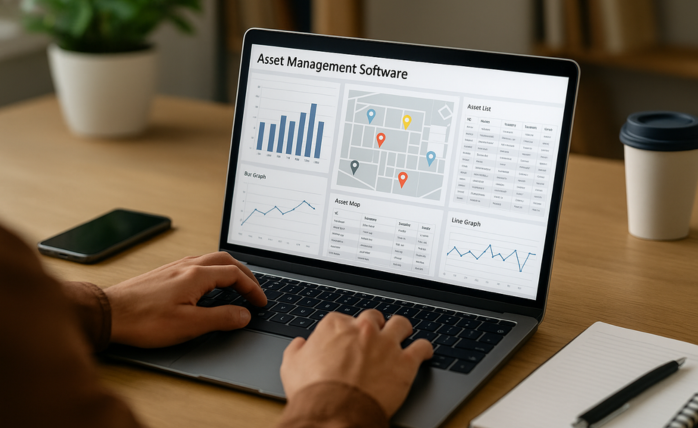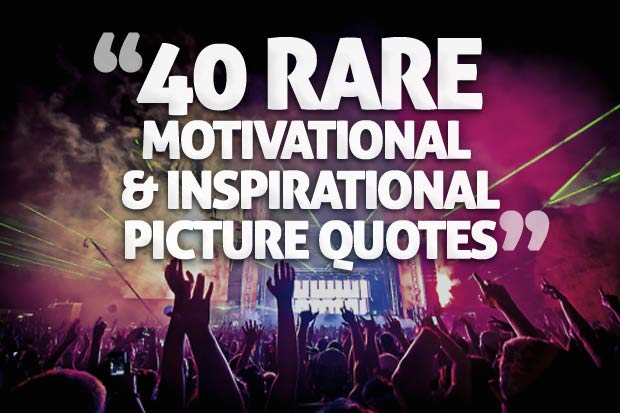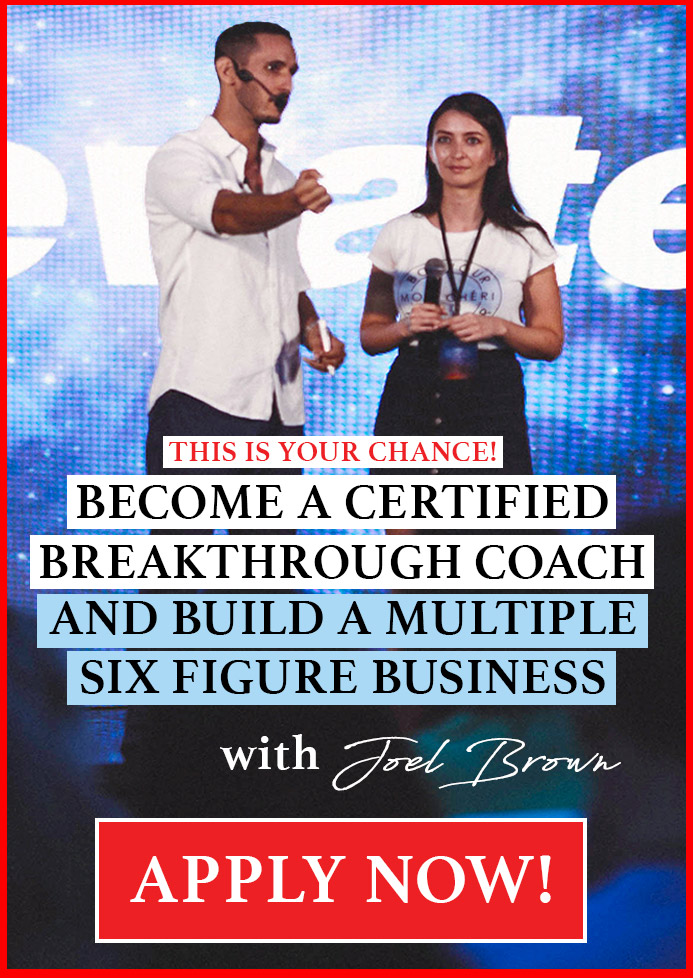Entrepreneurs
The Ultimate Guide to Facebook Ads for Hustling Entrepreneurs
Having been on Facebook for a while, you must have bumped into a couple of ads. And if you think like a true businessman, then you are definitely wondering how you can also put your ads out there. However, simply being able to put up a Facebook advertisement would not cut it, you would need to be able to create ads that are worth it.
To help you out in your attempt to make it big on Facebook advertising, we have come up with this ultimate guide. We hope this can help you get started with advertising with the most effective social media platform for marketing.
What you need to know about Facebook Ad Types
There are many ways on how you can make use of Facebook for advertising your brand. Facebook has come up with a number of different advertising tools that you can use for spreading the word about your brand and your product offerings. Knowledge of these tools will help you strategize what campaigns you can do using Facebook.
Here are the different types of advertisements that you would be able to do on Facebook:
1. Facebook Feeds
These feeds are where you can see posts from your friends, and pages you follow. Users tend to scroll along with this page in search of something interesting. Because of this, Facebook allowed the placement of in-feed ads.
It is a highly-recommendable ad type because a lot of Facebook users really do cross along the feeds, giving a high opportunity to be read. It is actually the first type of Facebook Ad that you should dive into before trying other ad types.
There is also a variety of in-feed ads for you to choose from: a photo post, a video post, or even a carousel post where you can post multiple photos or videos. Another variety, canvas ads, is a new addition and is only available for mobile. Canvas ads are full-screen ads that are integrated into the Facebook interface, thereby eliminating the need to trigger the opening of a mobile web browser.
There are also lead ads, which allow you to get the email and name of a user to be able to download an e-book or something, but also right into the Facebook ecosystem. Finally, there are offer ads, which can even notify users in their email address that the offer will be expiring soon enough. This ad is free but you can pay to boost it.
“Good advertising does not just circulate information. It penetrates the public mind with desires and belief.” – Leo Burnett
2. Instant Articles
Instant articles are those content that would normally open an external website, but instead, opens a window from within the Facebook app, and opens it there. Instant articles help you bring website content into Facebook in an efficient manner. Ads can also be placed in the Instant Articles space.
Instant Articles is great in itself because content that would normally require a web browser can now be easily and quickly opened, and without leaving Facebook at that. Facebook allows you to monetize the use of your ad space, which means you can advertise on other page’s instant articles, and you can also earn for allowing other ads on your own instant articles. It is a good idea to learn more about how Facebook instant articles work so you can maximize its potential for advertising.
3. In-stream Videos
If you like playing videos on Facebook, then you should have bumped into video ads somewhere in the middle of a video. These in-stream video ads are usually 15-30 seconds long and may appear before, during, or after watching a video.
There are in-stream video ads that are non-linear, which means that the ad would not stop the playing of the video that the user is actually watching. In-stream videos are great because it really gets the attention of the audience. It may sound quite irritating, but it really is an effective way to reach out to your potential customers.
4. Audience Network
A network of apps and websites out of Facebook, Audience Network allows you to share Facebook content outside of the platform. With this, you can also tap into the users of other apps and social networking sites.
Audience Network is basically a network of apps and websites that make use of content from Facebook, including ads. With audience network, you will be able to accomplish the following:
- Increasing brand awareness
- Reaching out to your target audience
- Improving engagement with your target audience
- Installing apps
- Playing videos
“Get closer than ever to your customers. So close that you tell them what they need well before they realize it themselves.” – Steve Jobs
5. Messenger Ads
Ads also find their way to the messaging system of Facebook. Facebook messenger can be integrated with messenger bots which can help provide to your potential customers the answer to the following functions:
- Tell the product offerings of your business.
- Provide discount coupons
- Reach out to a potential customer who abandoned his cart
With an ever-increasing user base, messaging apps have in fact surpassed social media apps in number of monthly active users. If you’re looking to start using Facebook Messenger ads, you should take note of the three primary features of Facebook Messenger ads:
- Messenger Destination – This allows advertisers to make ads that lead people from posts and ads seen in their Facebook Newsfeed into starting a conversation with your page within the Messenger app.
- Messenger Home Placement – Ads can also be placed in the Messenger homepage, making it more prominent since users immediately see your ads when they open the app. The calls-to-action of Messenger Home Placement ads can be customized and compel users to install your app, shop on your e-commerce site, or get in touch and start a conversation with your page.
- Sponsored Messages Placement – Considered one of the most straightforward ad types in Messenger, this ad placement actually appears as a message in the Messenger, and is effective in getting the word out about offers and promotions you may currently have.
With a number of different ways to utilize Facebook for advertising purposes, you might end up using the wrong tools for the wrong reasons without doing intensive research first, which may affect your organization. Effectively utilize Facebook Ads for your business with guides like this to help sustain your business’ growth and hit your targets!
What experience have you had using Facebook advertising? Comment below!
Change Your Mindset
The Silent Skill That Makes People Respect You Instantly
What truly earns respect and why most people go about it the wrong way

Everybody craves respect but not everyone earns it. Some people believe that a title, years of experience, or a position of authority automatically entitles them to respect. (more…)
Entrepreneurs
The Essential Skills Every Entrepreneur Needs In 2026
Success in the digital age isn’t about luck. It’s about mastering the skills that separate dreamers from doers.

When I was 22 years old, I started my first side hustle as a ghostwriter. (more…)
Business
The Hidden Money Pit in Your Operations (and How to Use It)
See how smart asset management software is quietly saving businesses thousands in wasted time, stock, and maintenance.

Trimming unnecessary expenses and minimizing resources is a general practice in running a business effectively. Asset management software can help you achieve those goals. (more…)
Business
Thinking of Buying A Business? These 6 Sectors Quietly Produce the Best Deals
Before you buy your next venture, check out the sectors where successful businesses are changing hands every day.

All entrepreneurs have a desire to be the masters behind a successful venture. Buying an established business is a great choice for many. This provides instant access to an established market with existing infrastructure and clients. (more…)
-

 Did You Know3 weeks ago
Did You Know3 weeks agoHow Skilled Migrants Are Building Successful Careers After Moving Countries
-

 Life4 weeks ago
Life4 weeks ago10 Research-Backed Steps to Create Real Change This New Year
-

 Tech4 weeks ago
Tech4 weeks agoWhat’s in a Name? How to Get Your Domain Right
-

 Health & Fitness2 hours ago
Health & Fitness2 hours agoWhat Minimalism Actually Means for Your Wellness Choices

























